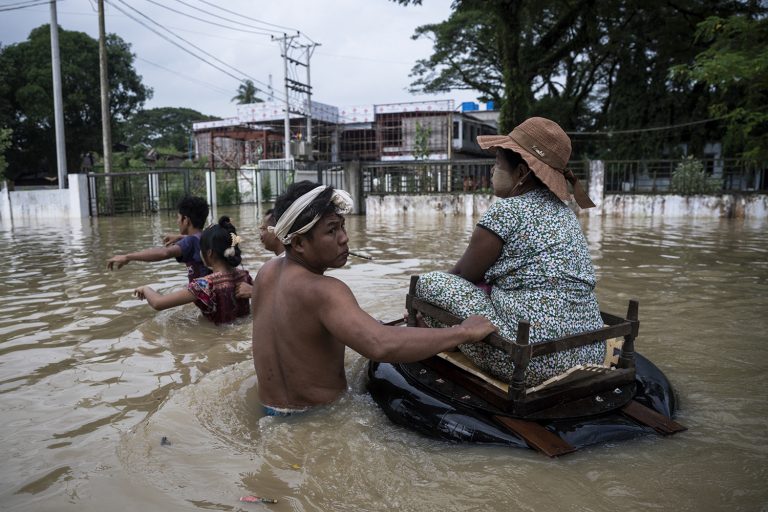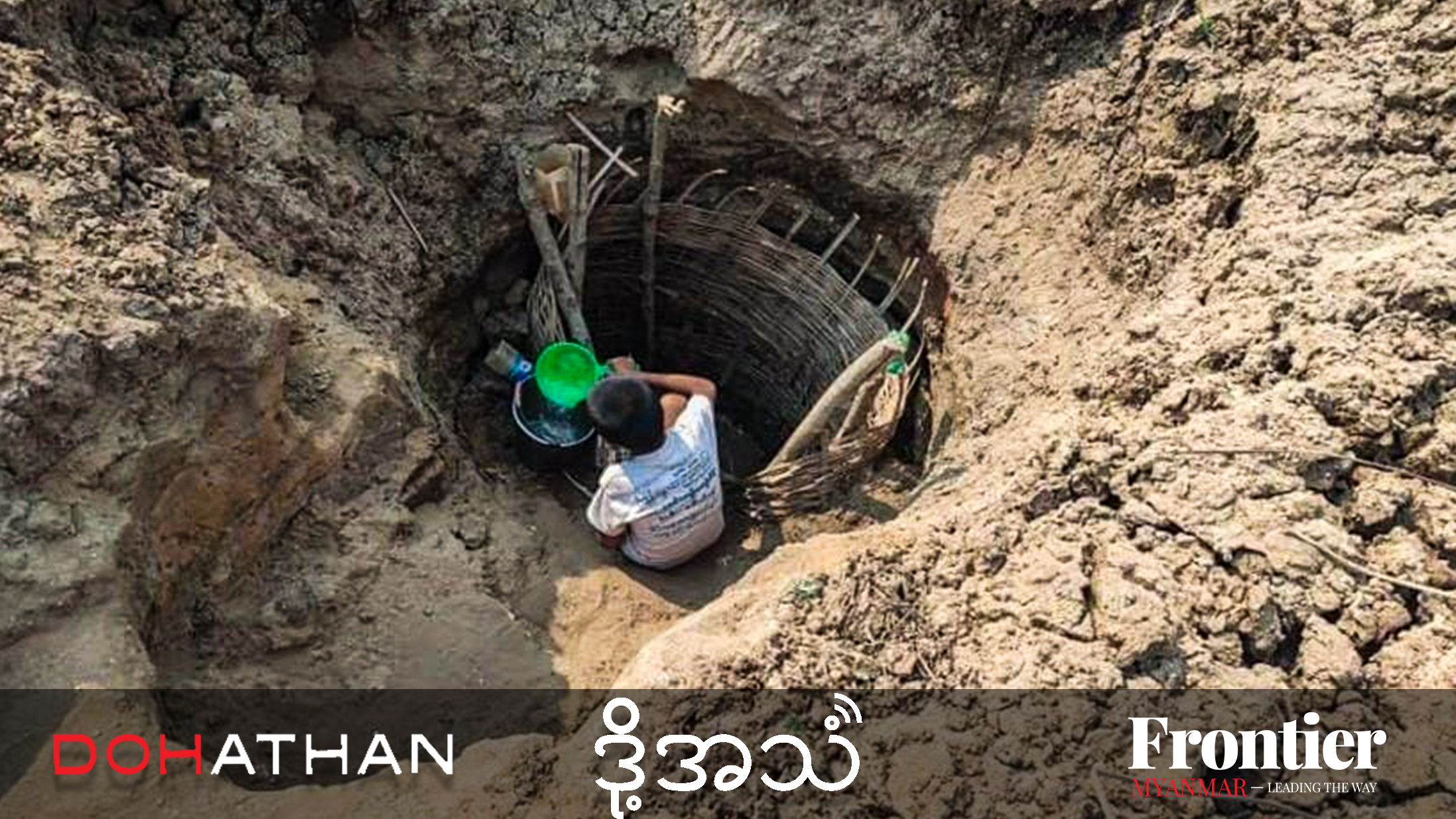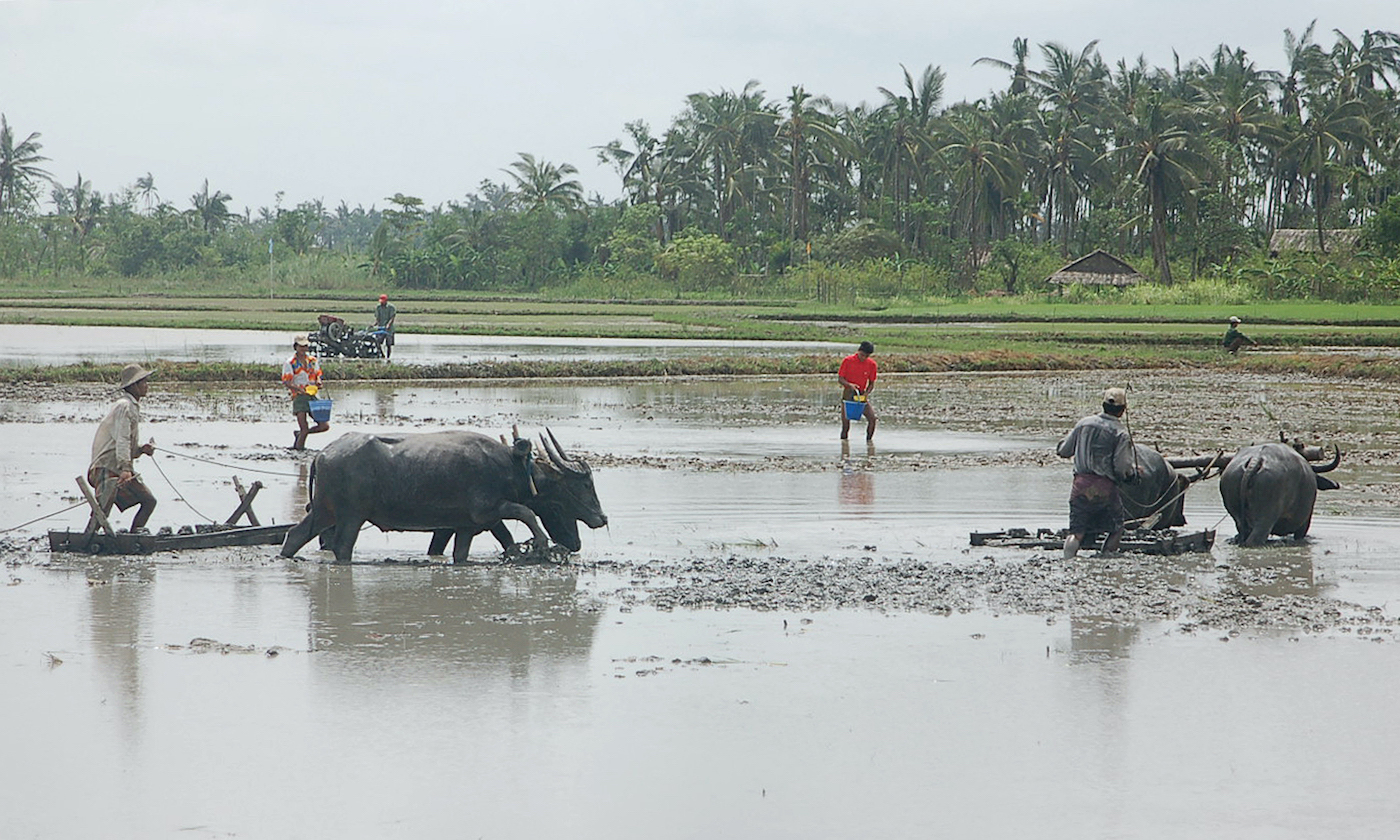Myanmar’s rainy season has to be seen to be believed. Luckily, we’ve pounded the country’s sodden streets and written this guide to help you through the next few months.
By KYAW PHONE KYAW | FRONTIER
Yangon is full of gracious people who won’t hesitate to help you. But that grace and warmth can quickly evaporate during the monsoon, when sudden, drenching downpours leave every man, woman and child to fend for themselves.
In short, it’s a sodden urban jungle out there, and you need to know how to survive on your own. To help you on your way, we’ve compiled some tried and tested strategies to navigate Yangon’s most miserable days. And remember: monsoon only lasts half of the year …
Don’t forget your ‘brolly’
Yangon’s monsoon normally arrives in mid-May and leaves toward the end of October. Unlike in some other Southeast Asian countries, there is no rhythm or pattern. Rain can strike at any time, and can continue on and off for days.
That means you need an umbrella at all times. Of course, you could wear a raincoat, but the humidity tends to make wearing them unbearably hot: If you’re not soaked with rain, you can be sure you’ll be soaked with sweat.
Support more independent journalism like this. Sign up to be a Frontier member.
Once you’ve got an umbrella, guard it with your life. Thieves roam everywhere, day and night. And you just know that once your umbrella disappears, the rain will return with a vengeance.
Electric shocks
Getting saturated is not the worst that the monsoon can dish up at this time of year. Electrocution is also a relatively common phenomenon. As a result of a creaking, decrepit electricity network, 14 people were killed on the city’s streets last year due to live wires coming into contact with water. Sadly, this has continued into 2016: three people died in separate incidents on the same day in late May.
One victim was a young man who was electrocuted while stepping into a puddle near a lamp pole in front of Sakura Tower, a business hub in Yangon’s downtown. Another child died while touching a lamp pole on the sidewalk.
It’s difficult to know if an object is “live”. Your best bet is simply to avoid coming into contact with lamp poles, water bodies and similar objects as much as possible at this time of year. Also take note of the state of the surrounding power lines, particularly if there are wires hanging down. Last year, most of the electrocutions were due to falling lines.
Watch your step
The danger is not only from above – it also hides at ground level, just below your feet. That’s because sometimes drains are missing their covers, and the water is gets deep enough you can’t always see the gaping hole in the pavement.
This is particularly dangerous for children. While some drains are shallow, others are major watercourses that flow very quickly during rainy season. According to police, there were 132 deaths due to drowning reported this year to the end of May, the majority of them juveniles.
Dark matter
Yangon receives an average of 2700 millimetres (more than 100 inches) of rainfall each year. That would stretch any city’s drainage network. Unfortunately, Yangon’s drainage infrastructure dates back to the colonial era, when it had barely one-tenth of the population it does today. Underinvestment has left it unable to cope when the heavens burst.
Sometimes when it rains heavily, the drains back up and the streets fill with debris. This mixes with the rainwater, leaving it dark and dirty. So unless you want to swim with the garbage, it’s better to stay indoors when the going gets really heavy. It’s not only gross, it’s also a health hazard: if an open sore, such as a cut, comes into contact with this water, it can easily get infected.
Yangon’s new chief minister, U Phyo Min Thein, has begun implementing a project to clear the drains of muck. It’s a big job, though, so we shouldn’t expect a solution within one or two months.
Wet-seat taxis
This is more of an annoyance than a threat to one’s life, but nevertheless worth cautioning over. When you have to take a taxi during monsoon, it’s best to examine the seats carefully before you get in to avoid getting a rude shock (a taxi driver is unlikely to warn you that his seat is saturated). Even if you do find yourself perched on a wet seat, fear not: most Yangonites will offer you sympathy rather than scorn. We’ve all been there.
A final note on taxis: there are no meters. It’s a supply and demand system and when it rains demand for a taxi goes up. Prices follow suit. That means, forget about the K2500 you normally pay for a ride from downtown to Bahan when it’s dry. Unless you want to spend a long, long time in the rain arguing with taxi drivers.
Rise of the flip-flops
Wearing shoes during monsoon is madness. When they get wet, you’ll feel like you are lugging a pair of ships around on your feet. Everyone from street vendors up to the president prefers flip-flops. How can 51.4 million people be wrong?
Street food: at your own risk
A recent survey from the Department of Medical Research (Lower Myanmar) of street food in downtown Yangon found one-third of the 150 samples carried one of two dangerous types of bacteria. Around a quarter had dangerous levels of these bacteria. With all that contaminated water sloshing around the streets, you need to exercise particular caution when eating street food during rainy season.
Myanmar’s most liveable metropolis
After reading this, doesn’t it just make you feel privileged to witness the monsoon in our fair city? But seriously, the monsoon does have a beautiful side, and if you follow our tips you might even learn to appreciate the rainy season.
For this author, there are few better moments than enjoying a warm cup of coffee or enjoying a good book while listening to the rhythm of the rain on the roof. It’s a feeling you can only get during the monsoon. And don’t forget: the rain also makes your whisky taste better.







